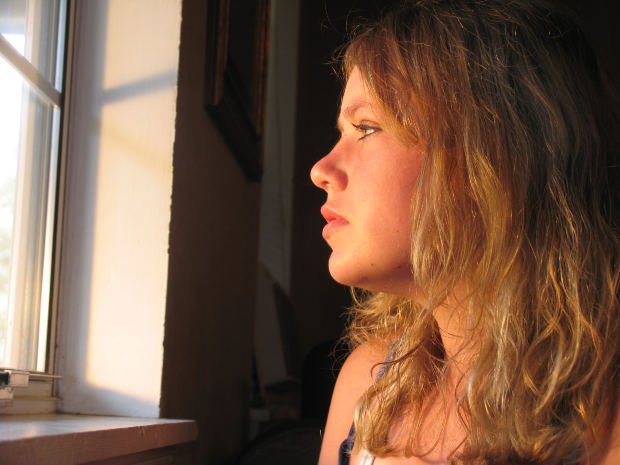 Loading... Please wait...
Loading... Please wait...Save Money. Grow Your Own!
Fast Plain Box Shipping.
We ship to the US & Canada.
Grow Your Own!
Inverse Square Law of Lighting Explained
Posted on 10th Jul 2015
Even if you've been around the block a couple times with hydroponics, and you know terms like ‘sweet spot,’ ‘sea of green,’ ‘deep water culture’ and ‘chelation,’ you still may not have heard of the inverse square law of light.
Why do you need to know about this? Well, it helps with setting up your hydroponics lighting. It's not one of the most fundamental or basic needs of plant maintenance, but it does affect the way that your plants get light, so it’s actually pretty important.

Big Fancy Science Stuff
If you actually take a look at explanations of the inverse square of light, most of them look like something you would have encountered in high school physics class when you probably weren't paying attention. Most of us see things like an “E plus equal sign” and the Greek letter Pi, and fractions with letters, and we start to glaze over a little bit.
But when you cut through the jargon and really look at what the inverse square law of light means, it simply means that the light diminishes the further it gets from its original point. When scientists talk about “intensity at the surface of the sphere,” they're talking about where the light comes out of a lightbulb - that might be a circular surface, or, with some LEDs, a tube.
Using the Inverse Square Law of Light in Hydroponics
The general idea here is that light energy gets spread out more, the further it is from its source. That means the further your plants are from their light sources, the less intensity they get.
The easiest way to fix this problem is to put plants closer to the light -- but sometimes they can experience burning if they're too close, depending on what types of lighting you have.
Another strategy is to spread out the light itself. You either get more bulbs, or use reflective material in the interior of grow box or grow system.
It really is, in many ways, that simple. It's not a question of getting astrophysics in play to have a hydroponics garden. You just look at where your light is and where your plants are, to make sure they're getting enough for photosynthesis.
For a lot more on hydroponics and all of the tricks that will help you produce better, keep an eye on what manufacturers and retailers are offering to give you a leg up in your garden.
